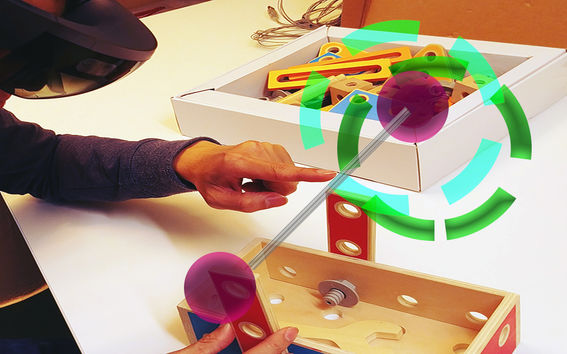Mobile Cloud Computing

Crowdsensing, a new paradigm of applications as well as a new business model in the IoT era, enables ubiquitous sensing devices, ranging from wearables to industrial equipment, to collect and to share local information towards a common goal, such as environmental monitoring, indoor mapping, wellbeing, and public safety. The group focuses on creating innovative mobile crowdsensing applications to solve real life problems, such as indoor mapping and cooperative driving. Meanwhile, the group studies the fundamental issues related to the performance and scalability of mobile crowdsensing.
Vehicular applications are evolving from basic information exchange towards active traffic management and external control of vehicle functions. The emerging cooperative and automated driving applications involving large-scale vehicle sensing and intelligent data fusion will produce significantly more data and require more complex computation with tighter latency constraints. However, the existing communication network infrastructure and the cloud model cannot fulfill the growing capacity demand.
We propose to solve the above-mentioned challenges with vehicular fog computing, a novel computing paradigm that brings the computing power to the edge of the vehicular networks, and more specifically to predictably-routed commercial fleets like buses and taxis. As the vehicular fog computing research is still in its infancy, many problems remain open. We are working on AI-driven platform for effective task, resource and information management in vehicular fog computing.
Manufacturing industry nowadays is moving fast from mass production towards mass customization with the aim to deliver unique value to their customers. There is a high demand for augmented intelligence solutions, such as cognitive assistance systems, to enhance workers’ capabilities of handling highly varying and increasingly complex assembly and maintenance tasks. We are developing CEAMA, a cognitive engine that provides key capabilities (e.g. object/activity recognition, semantic workflow modeling) of cognitive assistance systems for increasing the operational efficiency and cost effectiveness of assembly and maintenance tasks. More information can be found from ceama.aalto.fi.
Group members
Latest publications
Accelerating XR Innovation through a pan-European Lab Network: An overview of the EMIL project
Quantum bandit with amplitude amplification exploration in an adversarial environment
A Proof-of-Concept Study on Smart Gloves for Real-Time Chest Compression Performance Monitoring
Simulation-driven design of smart gloves for gesture recognition
Enhancing Latency Reduction and Reliability for Internet Services with QUIC and WebRTC
Pandia: Open-source Framework for DRL-based Real-time Video Streaming Control
Multi-agent Reinforcement Learning-based Capacity Planning for On-demand Vehicular Fog Computing
Apparent Thermal Motion on the Forearm
Designing Beyond Hot and Cold - Exploring Full-Body Heat Experiences in Sauna
Understanding and Designing Thermal Experiences
- Published:
- Updated: